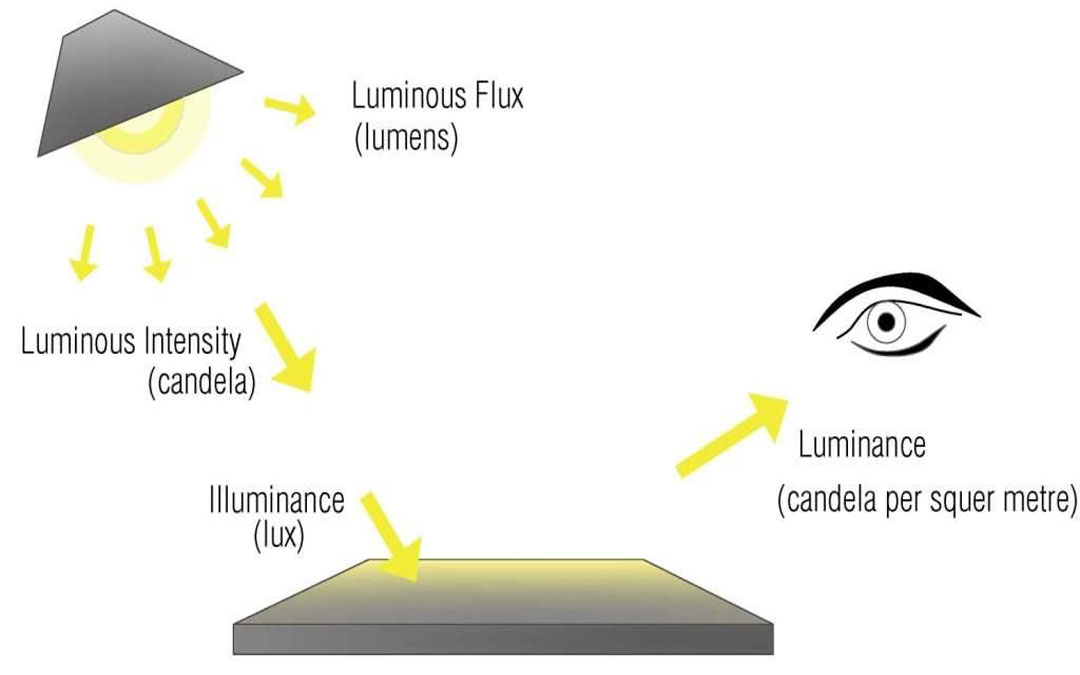English 


Views: 0 Author: Jessica Publish Time: 2021-11-18 Origin: https://www.suntechleds.com
Answer: Luminous intensity (luminosity, I) is defined as follows: The luminosity of a point light source in a particular direction, that is, the amount of light emitted by an emitter in a unit time, also called luminosity, and the common unit of luminosity is candlelight (cd, candela). International candlelight is Defined as the luminosity of a candle made of fat, which burns 120 grains per hour, one grain of cold air is equivalent to 0.0648 grams.

Answer: The common unit of light intensity is candlelight (cd, candela). International standard candlelight (LCD) is defined as 600,000 points perpendicular to the black body (with a surface area of 1m2) when an ideal black body is at the freezing point of platinum (1769 ° C). One of the luminosities, the so-called ideal black body means that the emissivity of the object is equal to 1, the energy absorbed by the object can be radiated, so that the temperature has remained uniform and fixed, the international standard candle (candela) and the old standard candle (candle) are exchanged. The relationship is 1 candle = 0.981 candle
Answer: The means of luminous flux (φ) is: the energy emitted by a dot light or a linear light in a unit of time, between which the visual person (the radiant flux that humans can feel) is called luminous flux. The unit of luminous flux in lumens (lm for short). One lumen (lm) is defined as the luminous flux that passes through an international standard candlelight source in units of solid arc angles. Since the perfect spherical region is 4πR2, the first-class luminous flux is equivalent to one candle. The luminous flux emitted is 1 / 4π, or the sphere is 4π, so by definition of lumens, we know that a cd point light source emits 4π lumens. In other words, φ (lumen) = 4πI (candle). Light), assuming that ΔΩ is a small three-dimensional arc angle, the luminous flux Δφ is a solid angle ΔΩ, and Δφ = ΔΩI.
Answer: The light from a one-foot candle refers to the illuminance on the surface orthogonal to the light one foot away from the light source (point light source or non-point light source) of a candle. The luminous flux received at 1 square foot is the illuminance at 1 lumen and 1-foot c = 10.76 lux.

Answer: The light from a one-meter candle refers to the illuminance on the surface orthogonal to the light at a distance of one meter from the light source (point light source or non-point light source) of candlelight, which is called lux (lux, also written as lx), which is per square meter. The luminous flux received inside is the illuminance at 1 lumen (lumens / m2).
Answer: Illuminance (E) is defined as the luminous flux per unit area of the illuminated object, or the luminosity per unit area of the illuminated object per unit of time. The unit is in meter-candles or foot-candles (FTC) he said.

Answer: E (illuminance) = I (luminance) / r2 (distance squared).

Answer: The ratio of the total luminous flux emitted by the light source to the electrical power (watts) consumed by the light source is called the luminous efficiency of the light source.

Answer: When the color emitted by the light source is the same as the color radiated by the black body at a certain temperature, the black body temperature is the color temperature.

For more LED industry knowledge, please contact Suntech team, Our professional engineers solve all problems for you, and we also have high-standard production lines to provide high-quality LED products, click here for priority consultation.
